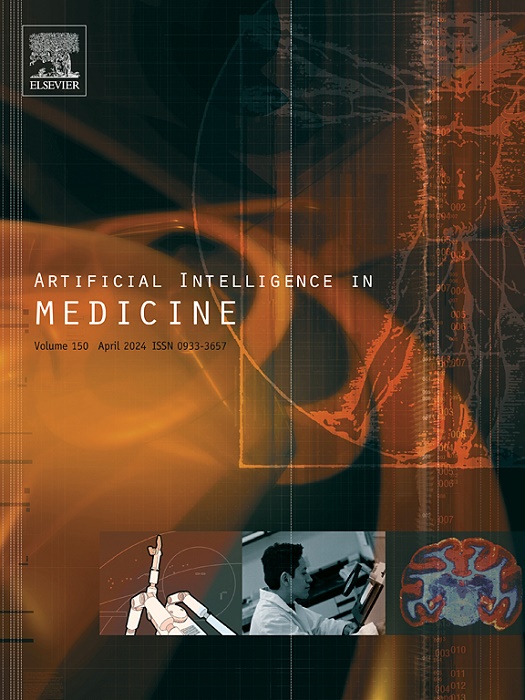在扩展现实(XR)医疗保健模拟中评估ai驱动的角色:系统回顾。
IF 6.2
2区 医学
Q1 COMPUTER SCIENCE, ARTIFICIAL INTELLIGENCE
引用次数: 0
摘要
在扩展现实(XR)医疗保健模拟中,人工智能驱动的角色越来越多地用于临床培训,但对其有效性、实施和质量保证的了解仍然很少。我们对2015年1月至2025年7月间发表的132项研究进行了系统综述,包括11项随机对照试验(rct),这些研究来自生物医学、计算机和教育数据库以及目标文献。大多数研究使用虚拟现实(62.1%)并关注有效性(n = 71),较少检查实施(n = 45)或质量保证(n = 44)。两项随机对照试验的荟萃分析发现,人工智能对知识和决策有很大的影响(赫奇斯的g = 1.31, 95% CI 0.08-2.54, I2 = 85%),而一项随机对照试验报告了人工智能驱动角色的更快任务表现(g = -0.68, 95% CI -1.32至-0.04)。由于样本小,异质性高,证据的确定性较低。实施的成功通常与阶段性的推广和教师培训有关,但是质量保证实践(特别是偏见审计和透明度措施)很少被记录下来。该审查提出了DASEX框架,以解决这些差距,并指导未来在XR培训中整合人工智能驱动的角色。本文章由计算机程序翻译,如有差异,请以英文原文为准。
Evaluating AI-driven characters in extended reality (XR) healthcare simulations: A systematic review
AI-driven characters in extended reality (XR) healthcare simulations are increasingly used for clinical training, yet their effectiveness, implementation, and quality assurance remain poorly understood.
We conducted a systematic review of 132 studies published between January 2015 and July 2025, including 11 randomized controlled trials (RCTs), sourced from biomedical, computing, and education databases and targeted proceedings. Most studies used virtual reality (62.1%) and focused on effectiveness (n = 71), with fewer examining implementation (n = 45) or quality assurance (n = 44). Meta-analysis of two RCTs found a large effect on knowledge and decision-making (Hedges’ g = 1.31, 95% CI 0.08–2.54, = 85%), while one RCT reported faster task performance with AI-driven characters (g = -0.68, 95% CI -1.32 to -0.04). Certainty of evidence was low due to small samples and high heterogeneity. Implementation success was often associated with phased roll-outs and faculty training, but quality assurance practices (particularly bias audits and transparency measures) were rarely documented.
The review proposes the DASEX framework to address these gaps and guide future integration of AI-driven characters in XR training.
求助全文
通过发布文献求助,成功后即可免费获取论文全文。
去求助
来源期刊

Artificial Intelligence in Medicine
工程技术-工程:生物医学
CiteScore
15.00
自引率
2.70%
发文量
143
审稿时长
6.3 months
期刊介绍:
Artificial Intelligence in Medicine publishes original articles from a wide variety of interdisciplinary perspectives concerning the theory and practice of artificial intelligence (AI) in medicine, medically-oriented human biology, and health care.
Artificial intelligence in medicine may be characterized as the scientific discipline pertaining to research studies, projects, and applications that aim at supporting decision-based medical tasks through knowledge- and/or data-intensive computer-based solutions that ultimately support and improve the performance of a human care provider.
 求助内容:
求助内容: 应助结果提醒方式:
应助结果提醒方式:


